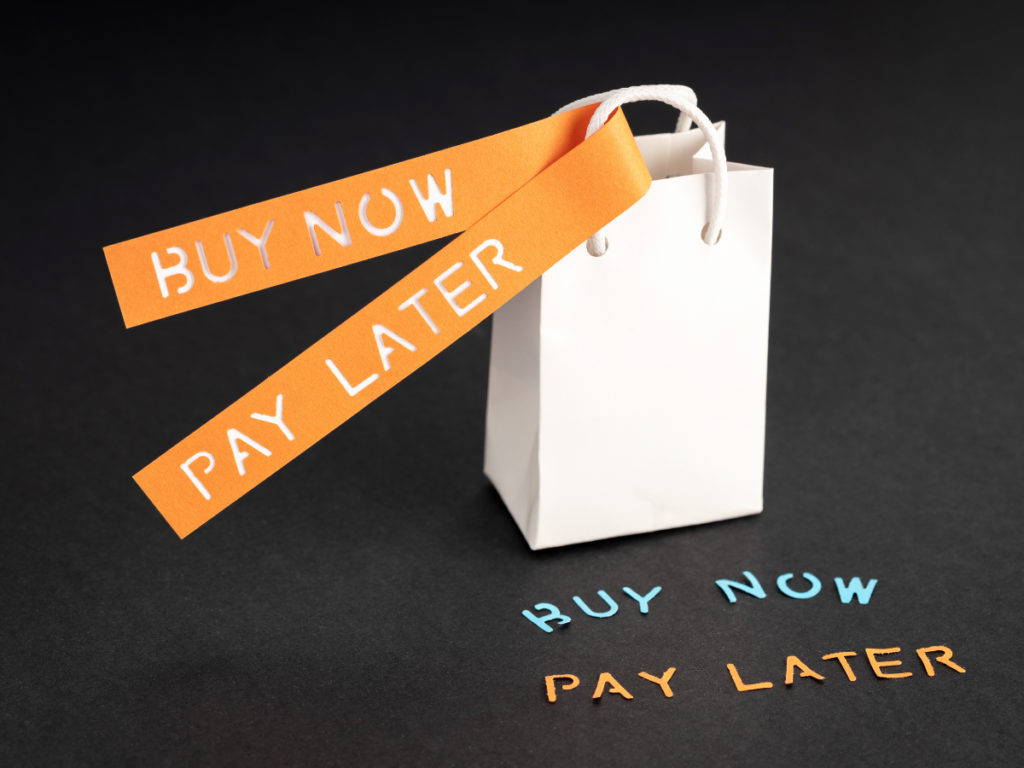BNPL industry grows 970% from $2B to $24.2B (2019-2021), with 60% choosing BNPL for large purchases over traditional credit.
In a time when being thrifty is practically a need for getting by, Buy Now, Pay Later (BNPL) plans have completely changed the mechanics of buying, especially when it comes to large purchases. According to Consumer Reports, the industry for these programs grew by an astounding 970 percent between 2019 and 2021, from a modest $2 billion to a daunting $24.2 billion. Sixty percent of customers were using BNPL services two years ago in an effort to avoid using traditional credit systems.
Customers are using BNPLs more because they like the simplified repayment options and lower interest rates than credit cards. Since they match income patterns, bi-weekly payment alternatives give many people financial flexibility.
The bigger economic currents affect BNPL schemes’ surroundings. Rising interest rates threaten several factors, including:
Consumer Behavior: Rising interest rates may affect customers. As loan rates climb, consumers may become more frugal and hesitant to borrow. Because of their lower upfront fees, certain clients may prefer BNPL services over high-interest credit cards.
Cost of Borrowing: BNPL services charge fees or interest to spread payments out. As economic interest rates rise, borrowing costs may rise.
In the competitive BNPL business, many players compete for market share. BNPL competition may change if interest rates rise. Some suppliers may adjust their terms and prices to compete, while others may focus on efficiency and cost reduction to retain clients.

Analyzing the Allure: Reasons Why Customers Choose BNPL
A closer look shows that a BNPL devotee is typically managing four purchases at once, including apparel, electronics, and furniture. 38% of the 56% of consumers questioned by C+R Research predicted that this service would eventually take the place of credit cards and their exorbitant interest rates.
Millennials and Gen Z in particular are driving the trend, with a 55% predisposition towards BNPL relative to other groups. Why did they do it? a combination of having instant spending power, avoiding high credit card interest, and using cash flow management strategically.
The Economic Windshield: Consumer Choices and Interest Rates
The financial system is complex, and decisions made by consumers become more nuanced when interest rates rise. Increased rates frequently signal a period of frugal spending, pushing people toward products like buy now pay later loans (BNPL), which need smaller upfront costs. For the BNPL industry, this change is not without repercussions, though.
BNPL services may encounter a difficult decision if traditional borrowing becomes more expensive due to rising interest rates; they must decide between modifying their conditions and retaining their appeal to customers. The competitive landscape might shift, with businesses vying for market share by innovating in efficiency and cost-effectiveness.
Towards the Future: The BNPL Horizon
The course of BNPL is subject to change. It is shaped by customer tastes, shifts in the economy, and—most importantly—the adaptability of BNPL suppliers. Although the services give up the benefits of typical credit cards, they make up for it by protecting users from the shock of significant purchases and the danger of overdrafts.
The BNPL industry clutches its breath as interest rate uncertainty looms. Customers’ decisions in this environment have the potential to completely reshape the market, highlighting the providers’ need for flexibility and innovative approaches.











